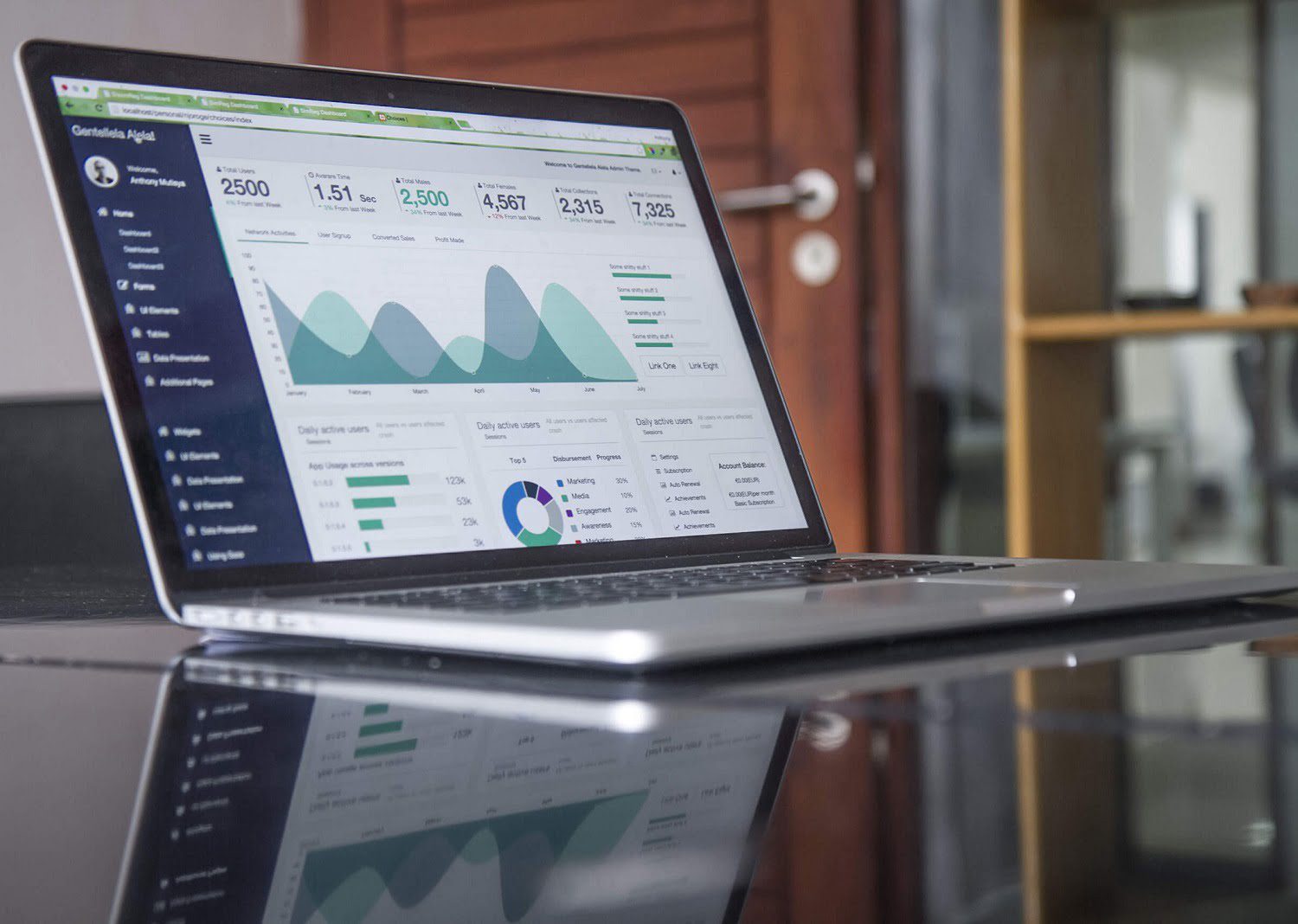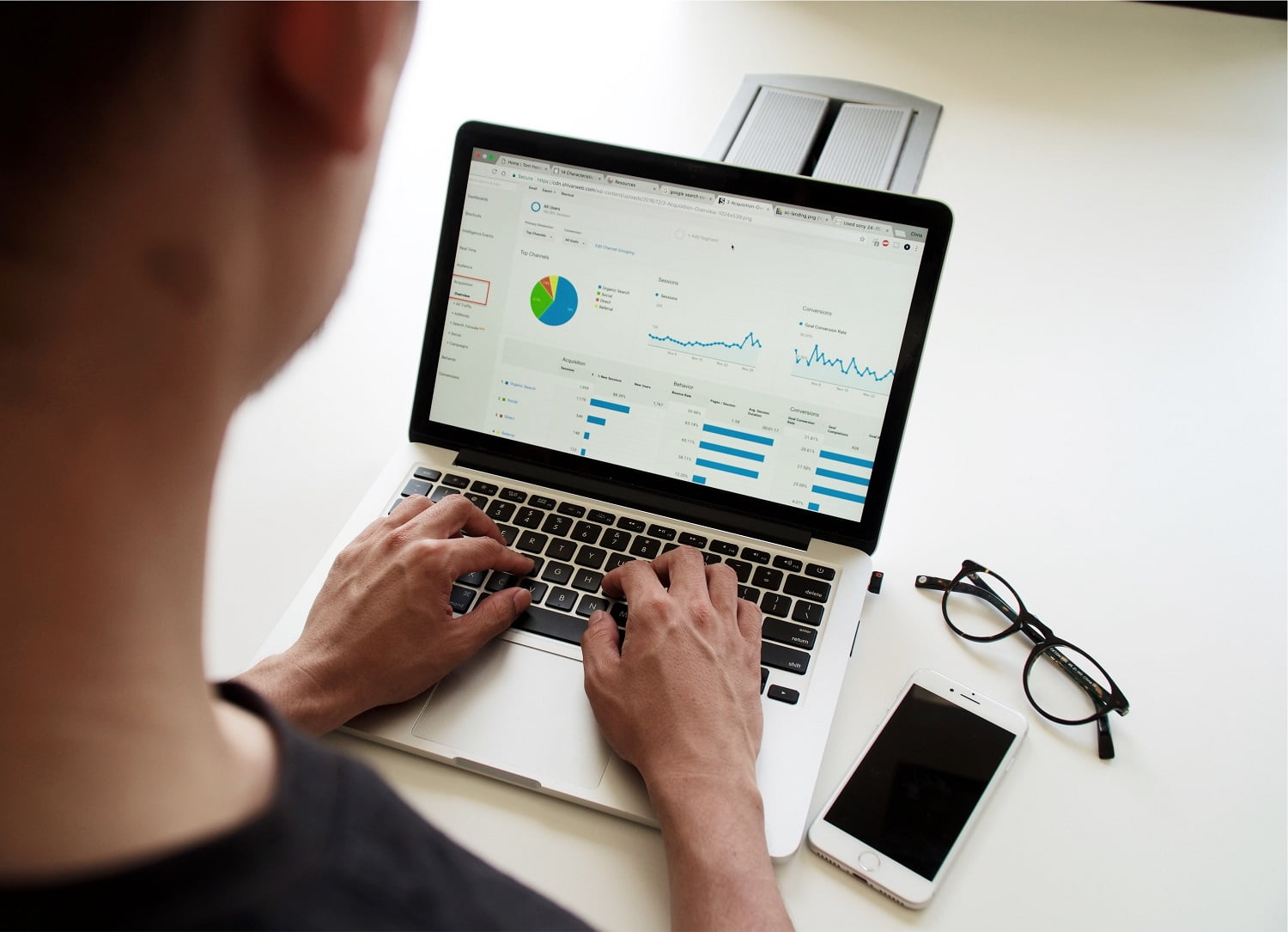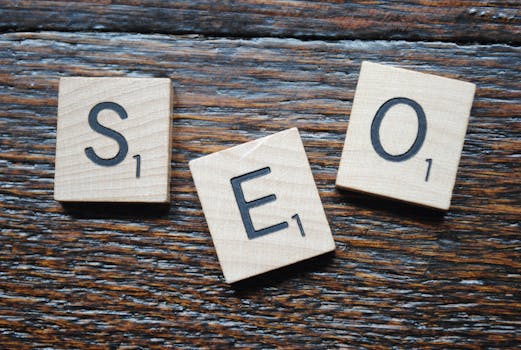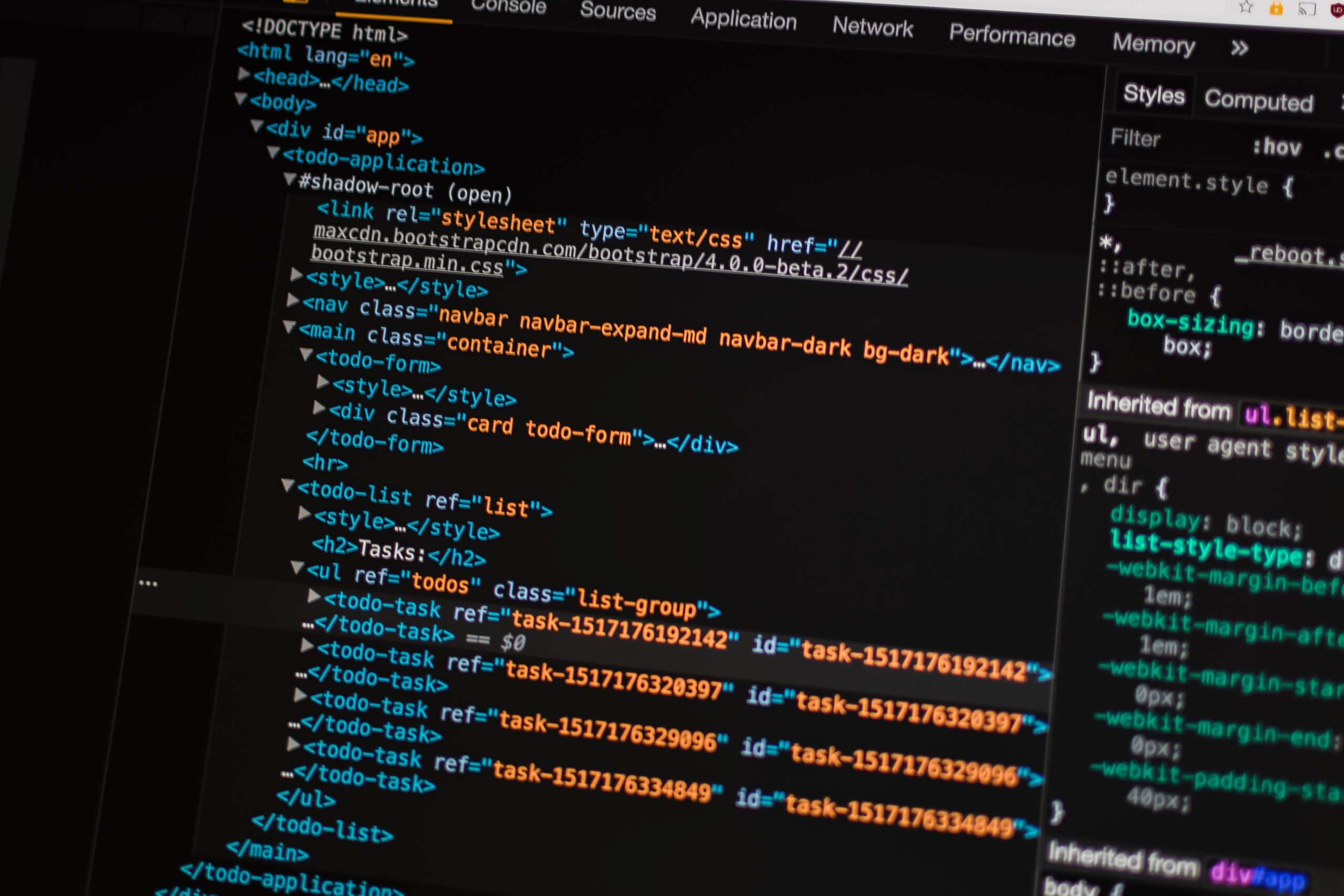Ultimate On-Page SEO Checklist for Higher Rankings

On-Page SEO Checklist
If you’re looking to improve your website’s visibility and attract more organic traffic, on-page SEO optimization is a crucial component that you can’t afford to overlook. On-page optimization involves optimizing various elements on your website, such as content, meta tags, and multimedia, to make your site more search engine-friendly and user-friendly.
By implementing the strategies outlined in this ultimate on-page SEO checklist, you’ll enhance your website’s SEO performance, achieve higher rankings in search engine results, and ultimately drive more traffic to your site.
Key Takeaways
- On-page SEO optimization is crucial for improving your website’s visibility and attracting more organic traffic.
- Optimizing various elements such as content, meta tags, and multimedia can make your site more search engine-friendly and user-friendly.
- By implementing the strategies outlined in this ultimate on-page SEO checklist, you’ll enhance your website’s SEO performance and achieve higher rankings in search engine results.
Understanding On-Page SEO Best Practices
On-page optimization is a crucial aspect of SEO, and knowing the best practices is key to achieving better rankings in search engines. In this section, we dive deeper into the essential on-page SEO factors that contribute to the overall success of your website.
Keyword Research
One of the first steps in on-page optimization is conducting thorough keyword research. By understanding what keywords your target audience is searching for, you can optimize your website’s content to better match their search intent. Ensure that the keywords are relevant to your website’s niche and sprinkle them throughout the content naturally. Avoid keyword stuffing as it can lead to penalties from search engines.
Meta Tags Optimization
Meta tags provide valuable information about the content on your website to search engine crawlers. The two most important meta tags for on-page SEO are the meta description and the meta title. The meta description should be a brief summary of the page’s content, while the meta title should contain relevant keywords and accurately describe the content of the page. Optimize both meta tags with relevant keywords for improved search engine visibility.
Compelling Title Tags
Another important on-page SEO factor is the title tag. It’s the clickable headline that appears in search engine results. Your title tag should be compelling, descriptive, and include relevant keywords. An optimized title tag provides users with a clear idea of what the webpage is about and can also increase click-through rates.
Heading Tags
Heading tags are crucial for both user experience and on-page SEO. They structure the content of your web page, making it easier for readers to scan. Properly-optimized heading tags also provide search engines with contextual information about the topics covered in your content. Ensure that you use relevant heading tags and include relevant keywords to increase visibility in search results.
Content Optimization
Optimizing your website’s content is an essential on-page SEO strategy. Ensure that your content is easy to read, provides valuable information, and includes relevant keywords. Proper formatting is essential, so use bullet points, lists, and subheadings to break up the content and make it easier to read. Remember that high-quality content is key in on-page optimization.
User Experience
When it comes to on-page optimization, user experience is a significant factor. Your website should be easy to navigate, load quickly, and be mobile-responsive. A website that provides a positive user experience is likely to attract more visitors, reduce bounce rates, and ultimately contribute to higher search engine rankings.
Optimizing Images and Multimedia
Visual elements such as images and multimedia can help make your website more engaging. However, they can also slow down page load times if they’re not optimized. Optimize images by compressing them, using descriptive filenames, and adding alt tags. Ensure that multimedia files are optimized for faster load times, making them more accessible to visitors.
Implementing these on-page SEO best practices is crucial to improving your website’s visibility in search engine results pages. Conduct thorough keyword research, optimize meta tags, use compelling title tags, structure content with appropriate heading tags, and enhance user experience. Remember, quality content and user experience play a significant role in on-page SEO.
Keyword Research and Analysis
One of the most critical on-page SEO strategies is keyword research and analysis. It involves identifying keywords and phrases that are relevant to your content and target audience. By including these keywords naturally throughout your website, you can improve your chances of ranking higher in search engine results pages (SERPs).
Here are some essential on-page SEO tips for executing keyword research:
- Understand your target audience and their search intent to identify keywords that align with their queries.
- Brainstorm potential keywords and use keyword research tools (such as Google Keyword Planner or SEMrush) to discover search volume, competition, and keyword difficulty.
- Consider long-tail keywords, which are more specific phrases that have lower search volume but higher intent relevance.
- Avoid keyword stuffing, which involves overusing keywords in your content unnaturally. This can have a negative impact on user experience and SEO performance.
After conducting keyword research and analysis, incorporate the keywords into your website in the following ways:
- Include the primary keyword in the page title, meta description, and URL to optimize on-page SEO factors.
- Integrate secondary keywords throughout the content and headings, ensuring that they appear naturally and appropriately.
- Use variations and synonyms of your primary keyword to add context to your content and improve relevance.
Optimizing Meta Tags
In the world of on-page optimization, meta tags play a significant role in improving website rankings. Meta tags are bits of information that provide a brief description of a web page’s content and tell search engines what the page is about. They are not visible on the page itself, but behind the scenes in the HTML code.
There are several types of meta tags, but the two most important ones are the title tag and the meta description tag. The title tag is responsible for displaying the title of the page on the search engine results page (SERP), while the meta description tag is a brief description of the page’s content.
Optimizing Title Tags
A well-optimized title tag should include relevant keywords and provide a clear and concise description of the page’s content. Title tags should be between 50 and 60 characters to ensure complete visibility on the SERP. Including the company name in the title tag can also help with branding and recognition.
Here’s an example of a well-optimized title tag:
Title: On-Page Optimization Checklist for Higher Rankings | XYZ Company
Optimizing Meta Description Tags
Optimizing the meta description tag is crucial because it can determine whether or not a user clicks on your website in the SERP. A well-written and engaging meta description tag should be between 150 and 160 characters and include relevant keywords.
Here’s an example of a well-optimized meta description tag:
Meta Description: Improve your website rankings with our ultimate on-page optimization checklist. Get ahead of the competition with XYZ Company’s proven strategies and techniques.
While meta tags are not the only on-page optimization factor, they are an essential element in improving website rankings. By following these optimization tips for title and meta description tags, you can significantly enhance your website’s visibility and user engagement.
Crafting Compelling Title Tags
As we covered in the previous section, title tags are a critical component of on-page SEO optimization. They not only provide a brief overview of the page’s content but also entice users to click through to your website from search engine results pages. Therefore, crafting compelling and keyword-rich title tags is a crucial on-page SEO technique.
Here are some tips for optimizing your title tags:
- Include the primary keyword: Incorporate the primary keyword at the beginning of the title tag to indicate the page’s relevance to the user’s search query.
- Limit the character count: Keep the title tag under 60 characters to ensure that it appears in full in search engine results.
- Make it unique: Each page should have a unique title tag that accurately reflects its content and distinguishes it from other pages on your website.
- Avoid keyword stuffing: While it’s essential to include the primary keyword, avoid stuffing the title tag with unnecessary keywords that do not accurately reflect the page’s content. Keyword stuffing can result in a penalty from search engines.
Using these on-page SEO factors and techniques, you can craft compelling and effective title tags that improve your website’s rankings in search engine results pages and attract more organic traffic to your site.
Optimizing Heading Tags
Heading tags are not only essential for structuring your content but also impact your on-page SEO. By optimizing heading tags, you can improve both user experience and search engine visibility. Here we discuss some on-page optimization techniques that can help.
Use Header Tags Properly
Use header tags (H1, H2, H3, etc.) to structure your content in a logical and user-friendly manner. The H1 tag should contain the primary keyword or phrase for the page, with subsequent header tags (H2, H3, etc.) used to organize subheadings and supporting content. This not only makes your content easier to read but also indicates to search engines the importance of each section of your page.
Avoid Stuffing Keywords
Keyword stuffing is a common but ineffective tactic for on-page SEO. Instead, use keywords naturally in your heading tags to give search engines an idea of the page’s content. Avoid overusing keywords or using them out of context, as this can lead to a penalty in search results.
Use Descriptive and Relevant Headings
Headings should accurately and descriptively summarize the content of the section that follows. Use relevant keywords in your headings, but make sure they accurately represent the content. This helps both users and search engines understand the context of the page and its purpose.
Make Use of Hierarchy
Using a hierarchical structure for your headings (H1 – H6) can indicate to search engines and users the relative importance of each section. Use H1 for the most important heading, followed by subsequent tags (H2, H3, etc.) for subheadings and supporting content. This way, your content is both visually appealing and easily understandable.

Content Optimization Strategies
Content optimization is a vital part of on-page SEO. Along with keyword research and analysis, proper content optimization strategies can significantly impact your website’s search engine rankings. Here are some on-page SEO strategies and tips for content optimization:
Use Relevant and Targeted Keywords
Include relevant and targeted keywords throughout your content, including in the page title, meta tags, headings, and body copy. However, avoid keyword stuffing, which is overusing keywords to manipulate search rankings. Instead, use keywords naturally and in context to improve readability and user experience.
Optimize Headings and Subheadings
Headings and subheadings not only make your content easier to read but also help search engines understand the structure and hierarchy of your page. Use H1 tags for the main title and H2, H3, and H4 tags for subheadings. Ensure that each heading is relevant to the content it introduces and includes targeted keywords for optimal on-page SEO.
Ensure High-Quality and Relevant Content
High-quality content that provides value to users is essential for effective on-page SEO. Ensure that the content is well-researched, informative, and engaging, and use relevant images and multimedia elements to enhance user experience. Use proper grammar and spelling, and avoid duplicate content, which can harm your website’s search engine rankings.
Improve Readability and Formatting
Readable and well-formatted content can improve user experience and reduce bounce rates, which can positively impact your website’s search engine rankings. Use short paragraphs, bullet points, and numbered lists to break up large blocks of text. Add internal links to related pages on your website to keep users engaged and on your site longer.
Regularly Update and Refresh Your Content
Regularly updating and refreshing your content can signal to search engines that your website is active, relevant, and valuable to users. Consider adding new pages, updating existing content, or removing outdated or irrelevant pages. This can improve your website’s search engine rankings and ensure that your content remains useful and accessible to users.
Enhancing User Experience
User experience (UX) is a significant factor in on-page optimization, affecting key performance metrics such as bounce rate, time on site, and conversion rate. UX guidelines address the various elements of a website that impact user satisfaction and engagement, including:
- Webpage design and layout
- Navigation and ease of use
- Page speed and loading times
- Mobile responsiveness and compatibility
A well-designed website with a user-friendly interface can improve engagement and increase the likelihood of visitors returning to your site, sharing your content, or making a purchase. To enhance user experience, consider the following tips:
| Tip | Description |
|---|---|
| Use a clear and consistent layout | Avoid cluttered or busy designs that can be overwhelming to users. Use consistent branding and design elements throughout your website to improve recognition and rememberability. |
| Optimize navigation and search functionality | Make it easy for users to find what they’re looking for with a clear navigation menu and search bar. Ensure that your website’s structure is logical and intuitive. |
| Improve page loading speed | Minimize large images or multimedia elements that can slow down page load times. Use optimized images and caching to improve page speed. |
| Ensure mobile responsiveness | A growing number of users access the web through mobile devices. A mobile-responsive website ensures that your site is optimized for all screens and devices, improving user experience and search engine visibility. |
Focusing on user experience is an essential part of on-page optimization, as it contributes to improved engagement, increased traffic, and higher conversion rates.
Optimizing Images and Multimedia
Images and multimedia elements play a significant role in enhancing user experience and improving website visibility. Optimizing these elements is crucial for achieving higher rankings in search engine results. Here are some on-page SEO factors and techniques for optimizing images and multimedia:
1. File Names and Alt Tags
When saving image files, it’s important to use descriptive and relevant filenames that include keywords. Additionally, every image should have an alt tag that accurately describes the image. Alt tags not only help visually impaired users but also allow search engines to understand what the image is about and rank it accordingly.
2. Image Size and Compression
The size of an image can affect page load time, which is a crucial ranking factor for search engines. It’s important to optimize image size by compressing images without sacrificing quality. Large images can slow down page load time and negatively impact the user experience.
3. Multimedia Embedding
Embedding multimedia elements like videos and infographics can enhance user engagement and improve on-page SEO. Videos and infographics can also help break up lengthy blocks of text and improve the overall readability of the page.
4. Captions and Contextual Relevance
Captions are a great way to add context to images and multimedia elements. Additionally, search engines can use captions to understand the content of the image and rank it accordingly. It’s important to ensure that the images and multimedia elements are relevant to the content on the page.
By optimizing images and multimedia elements, you can improve your website’s visibility and enhance user experience. These on-page SEO factors and techniques can help you achieve higher rankings in search engine results and attract more organic traffic to your website.
Conclusion
Implementing the ultimate on-page SEO checklist is crucial for achieving higher rankings in search engine results pages. By understanding the best practices for on-page SEO, conducting proper keyword research, optimizing meta tags, crafting compelling title tags, using heading tags effectively, optimizing website content, enhancing user experience, and optimizing images and multimedia elements, your website can gain more visibility and organic traffic.
Following this SEO checklist for website optimization will not only help improve your website’s search engine rankings but will also lead to a better user experience for your visitors. Remember to regularly update and maintain your website’s on-page SEO factors to stay ahead of your competition. With consistent effort, your website can reap the benefits of effective on-page optimization and achieve greater success online.
FAQ
What is on-page SEO?
On-page SEO refers to the optimization techniques and strategies that are implemented directly on a website to improve its visibility and ranking in search engine results. It involves optimizing various elements such as content, meta tags, title tags, heading tags, and images to attract more organic traffic and enhance the user experience.
Why is on-page SEO important?
On-page SEO plays a crucial role in determining the visibility and ranking of a website in search engine results. By optimizing various on-page elements, such as content, meta tags, and title tags, you can make your website more relevant and authoritative in the eyes of search engines. This can lead to increased organic traffic, higher conversion rates, and improved overall SEO performance.
What are the key factors in on-page SEO optimization?
The key factors in on-page SEO optimization include keyword research and analysis, meta tag optimization, title tag optimization, heading tag optimization, content optimization, user experience enhancement, and image and multimedia optimization. These factors work together to improve a website’s visibility, relevance, and user engagement, resulting in higher rankings in search engine results.
How can I conduct effective keyword research for on-page SEO?
Effective keyword research for on-page SEO involves identifying relevant keywords that your target audience is likely to use when searching for information related to your website. You can use tools like Google Keyword Planner, SEMrush, or Moz Keyword Explorer to discover valuable keywords. It’s important to choose keywords with a high search volume and low competition, and then strategically incorporate them into your website’s content.
Meta tags are HTML elements that provide information about a webpage to search engines. The two most common types of meta tags are the meta title tag and the meta description tag. To optimize meta tags, you should include relevant keywords in both the title and description tags, keeping them concise and compelling. This helps search engines understand the content of your webpage and displays relevant information to users in search engine results.
Creating compelling title tags involves incorporating relevant keywords and making them enticing to users. Your title tags should accurately summarize the content of your webpage and entice users to click through to your website. It’s important to keep title tags concise, ideally between 50-60 characters, to ensure they are fully displayed in search engine results. By optimizing title tags, you can increase the chances of attracting organic traffic to your website.
Heading tags, such as H1, H2, and H3, are used to structure the content on your webpage and make it more readable for both users and search engines. To optimize heading tags, you should use relevant keywords in your headings, prioritize a logical hierarchy (H1 for main headings, H2 for subheadings, etc.), and make your headings concise and descriptive. This not only helps search engines understand the structure of your content but also enhances user experience by providing clear and organized information.
What are the strategies for content optimization in on-page SEO?
Content optimization involves creating high-quality and relevant content that aligns with your target audience’s needs and interests. To optimize your content for on-page SEO, you should strategically incorporate relevant keywords throughout your content, use subheadings and bullet points to improve readability, ensure proper formatting and grammar, and provide valuable and engaging information. By optimizing your content, you can attract more organic traffic, increase user engagement, and improve your website’s visibility in search engine results.
How does enhancing user experience contribute to on-page SEO?
Enhancing user experience is crucial for on-page SEO because search engines prioritize websites that provide a positive user experience. Factors that contribute to a good user experience include fast page loading speed, mobile responsiveness, easy navigation, and engaging design. By optimizing these elements, you can increase user satisfaction, reduce bounce rates, and improve your website’s visibility and ranking in search engine results.
How can I optimize images and multimedia for on-page SEO?
To optimize images and multimedia for on-page SEO, you should use descriptive file names and alt text that include relevant keywords. Additionally, you can compress image files to reduce their size and improve page loading speed. It’s also important to ensure that multimedia elements do not negatively impact website performance and user experience. By optimizing images and multimedia, you can enhance the visual appeal of your website and improve its visibility in search engine results.





